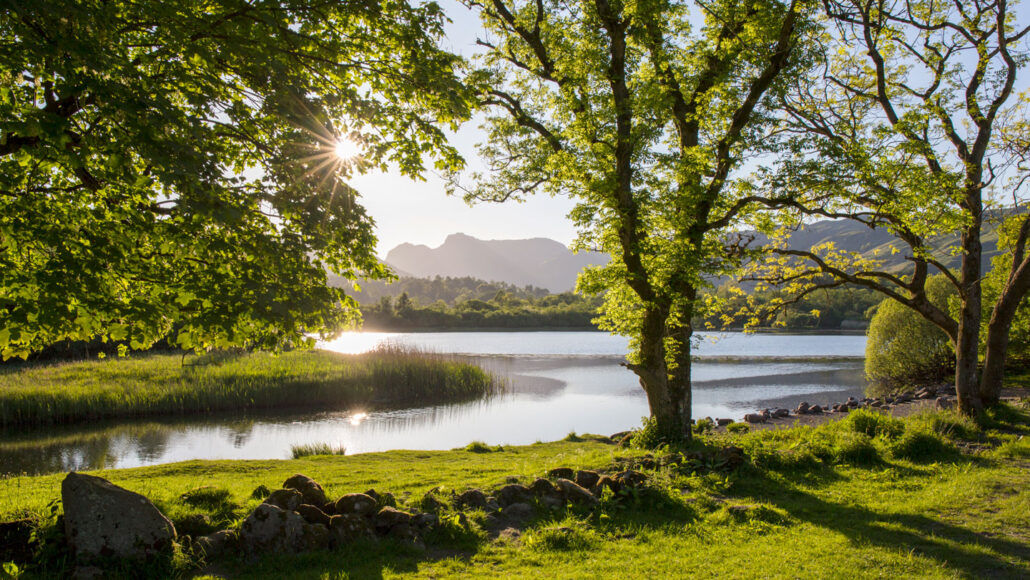Questions for ‘Spending time in green spaces can provide big health benefits’

Walking through a park, like this one, can help soothe anxiety and recharge our brain’s ability to focus.
David C Tomlinson/The Image Bank/Getty Images Plus
To accompany ‘Spending time in green spaces can provide big health benefits’
SCIENCE
Before Reading:
- Think about a recent time that you spent time in a green space, such as a park, forest or yard. List at least five words or feelings that you associate with being outside in nature. Are these words and feelings generally positive, negative or neutral?
- Think about the different environments you spend some time in each day. Make sure to include the environments you are in as you travel from one place to another. Which if any of these environments are natural settings? How much time in an average day do you spend in a natural setting?
During Reading:
- What reasoning does Anne Schutte give for why being in nature might be good for mental health?
- How do the demands on our attention differ between built environments — such as cities or indoor spaces — and natural environments?
- When Schutte studied kids’ brain activity during attention and memory tests, what difference did she find in how hard the brain worked when doing the tests indoors versus outdoors? Did she find a difference in how well the kids completed the tests in the two settings?
- For kids with ADHD, how did a walk in nature affect their ability to complete a task? How did the results of this experiment suggest that the benefits of nature might last beyond the actual time spent outdoors?
- What evidence about mental health led Sonja Sudimac to want to study brain responses in different physical settings?
- What can activity in the brain’s amygdala indicate? In Sudimac’s research, what effect did a walk in the forest have on activity in this brain region while people performed stressful tasks? What effect did a walk in the city have?
- Describe at least three ways, as discussed in the story, that spending time in nature may improve people’s physical health.
- How can green spaces reduce the negative effects of breathing in dirty air?
- What is one piece of evidence, described in the story, that seeing green spaces may have physical benefits even if a person cannot be in nature?
- List at least three things an individual can do to enjoy the benefits of spending time in natural settings.
After Reading:
- Describe three possible changes you might like to make that would increase your daily exposure to natural environments. Be imaginative! These changes do not need to be immediately achievable. They could include changes to your environment or changes to your daily routine or behavior. Rank your identified changes in order of least effort required to most effort required.
- Based on the results described in this story, develop a persuasive campaign for your school to improve students’ health through spending time in natural settings. Choose one action to which you’d like your school to commit. List two arguments you could present to teachers and the principal to support why this action would benefit students and the school.